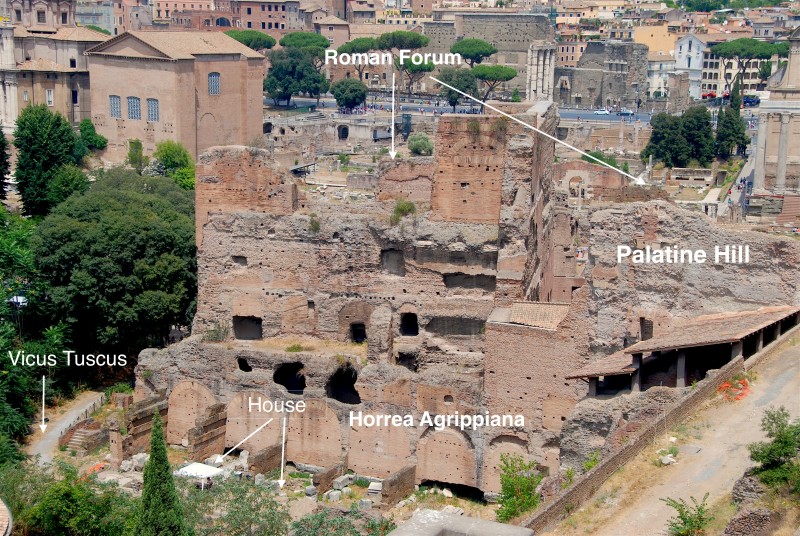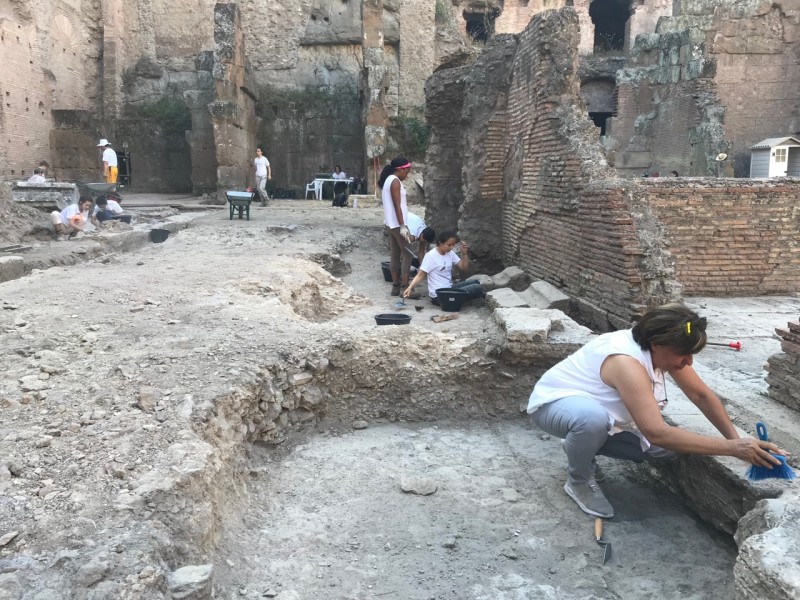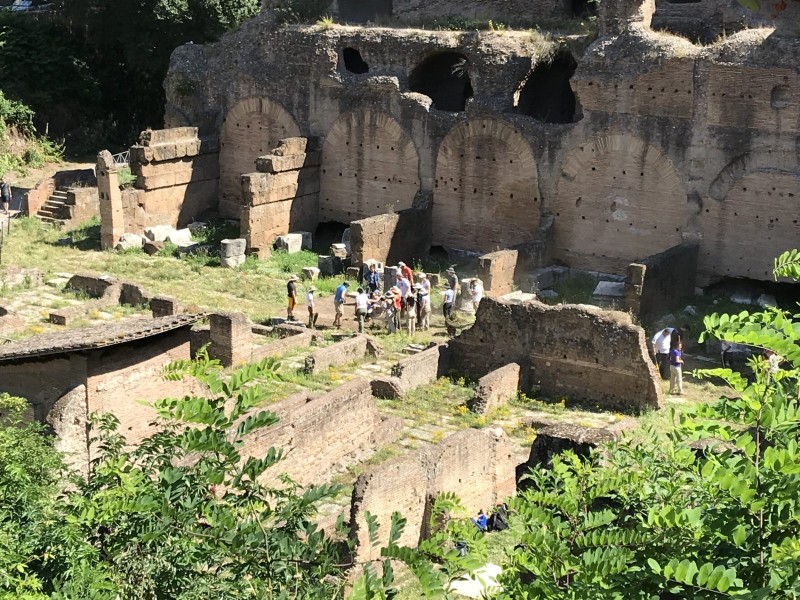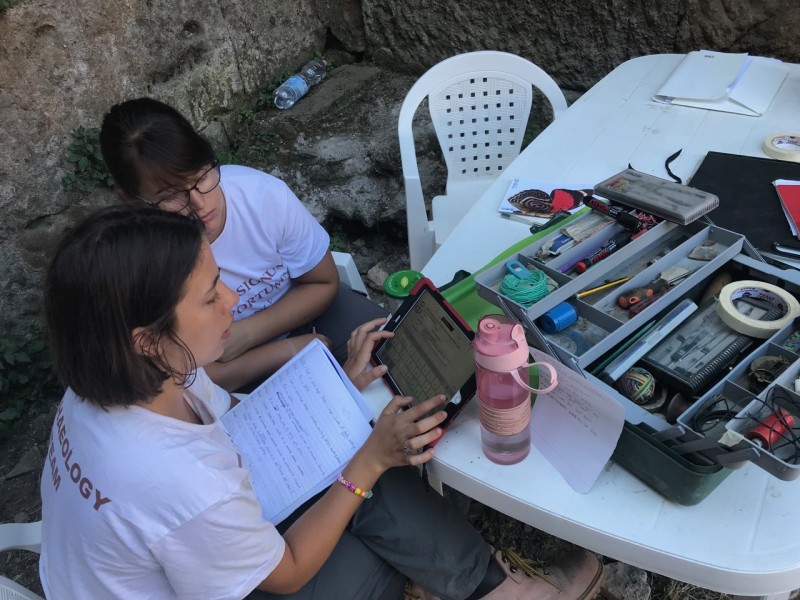Fieldwork
This listing expired on July 31, 2019. Please contact info@isarome.org for any updated information.




Location: Rome , IT
Season: June 17, 2019 to July 26, 2019
Application Deadline: March 1, 2019
Website: http://isarome.org/programs/roman-forum-field-school/
Program Type:
Field school
RPA Certified:
no
Affiliation:
The International Society for the Archaeology, Art and Architecture of Rome (ISAR)
Project Director:
Dr. Dora Cirone (ISAR) - Project Director, Dr. Alessio De Cristofaro (ISAR, LATERES) - Co-Director, and Dr. Matthew Mandich (ISAR) - Assistant Director
Project Description:
The project “Signum Vortumni: Under the Palatine” was launched by ISAR in 2016 with an official concession from the Ministero dei Beni e delle Attività Culturali (MiBAC). The primary aim of the project is to unveil signs of Etruscan cultural and religious influence that gave rise (on this site) to the foundation of Roman civilization. Despite its central location, in the Velabrum, between the Tiber and the Palatine Hill, the area has yet to be thoroughly investigated. The upcoming season will focus on unveiling evidence of the Republican, Archaic and Regal periods preserved below the imposing visible remains of the Horrea Agrippiana built during the time of Augustus. Findings to date have been promising, but there is still much to be done and we need your help!
This year we will be presenting a sequence of lessons, both in the classroom and on-site, to provide students with the basic skills necessary to discern and document the multiple phases site use present at the Horrea Agrippiana located at the base of the Palatine Hill. Lessons will address the history, topography, and architecture of ancient Rome with the aim of helping students recognize and identify architectural elements and material culture through hands-on training. Further lessons will focus on helping students understand the techniques of stratigraphic investigation, the use of topographic instruments, hand-drawing, and digital record-keeping.
Finally, specific lessons will also focus on ceramic, stone, and other small finds from Roman, Medieval and Renaissance periods which may come to light during the excavations. Each of these pedagogic components will combine clear, illustrated instruction by experts in the field with readings, interactive discussions, and practical applications.
Period(s) of Occupation: Etruscan, Roman, Medieval, Renaissance
Notes:
The Signum Vortumni Project is a 6‐week, on‐site archaeological field school conducted in the Forum Romanum at the base of the Palatine Hill in ancient Rome. The first week of the program includes an orientation featuring site and museum visits as well as classroom lectures. The following 5-week field program aims to teach students the fundamentals of stratigraphic archaeological excavation and introduces them to a suite of tools, instruments, and practical methods via hands-on experience. Students will learn about all phases of the archaeological excavation including excavation, artefact identification and analysis, on-site documentation, GIS mapping, and photogrammetry. Throughout the season students will also receive guest lectures, both in the field and off-site, from visiting specialists and experts in addition to visiting other ongoing excavations in Rome and its environs. All students over 18 are eligible to apply, and no previous experience is necessary. Applications will be accepted online through the project's website. The deadline for applications is March 1, 2019. We look forward to seeing you in Rome!
Project Size: 1-24 participants
Minimum Age: 18
Experience Required: None
Room and Board Arrangements:
Students will be housed in shared apartments in central Rome. Cost: Accommodation is included in the cost of the field school.
The AIA is North America's largest and oldest nonprofit organization dedicated to archaeology. The Institute advances awareness, education, fieldwork, preservation, publication, and research of archaeological sites and cultural heritage throughout the world. Your contribution makes a difference.